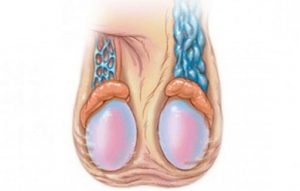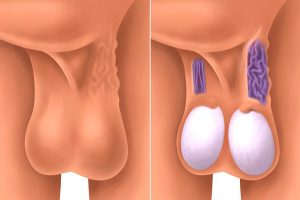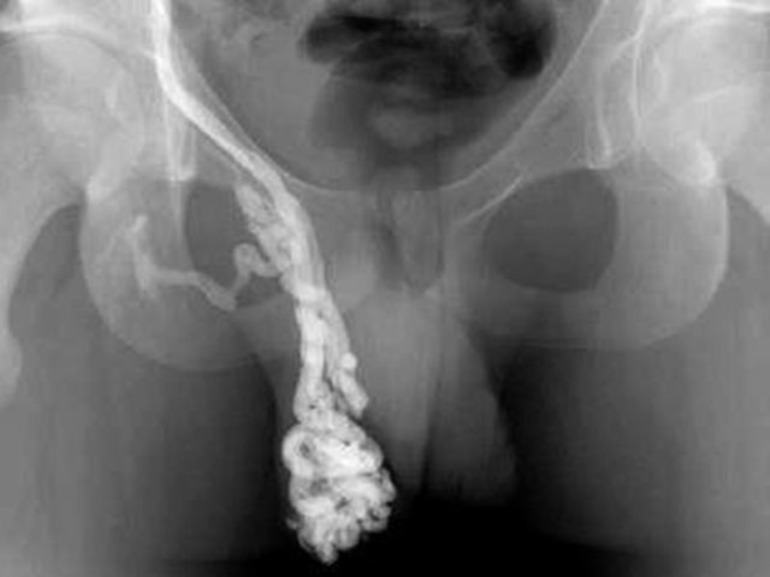Pros and cons of different treatments for varicocele
It should be noted right away that there are no conservative methods for treating varicocele. If there is pathological varicose veins, then drugs cannot fix it. In this note, we will only consider the features of the various operations carried out for the treatment of varicocele. In more detail about what it is, why it occurs, how it affects reproductive function, etc. can be found in the article on our website “Varicocele – to treat or not to treat”
Traditional operations (Ivanisevich / Palomo operations). Today they are used less and less. They consist in testicular vein ligation / testicular vein and artery ligation. An incision is made in the lower abdomen.
Pros:
+ technically simple and short-term operation.
Minuses:
– high frequency of relapses;
– high probability of developing dropsy of the left testicle;
– a large cut.
Endovascular sclerotherapy – the introduction of sclerosing substances into the internal spermatic vein, due to which the “sticking” of the vein walls is achieved. Sclerosing substances are delivered through a catheter under X-ray control. The catheter is placed into the venous system by puncturing the skin and the right femoral vein.
Pros:
+ no incision;
+ no risk of damage to the artery and lymphatic vessels.
Minuses:
– radiation exposure from the use of X-rays;
– long duration of manipulation.
Laparoscopic surgery https://en.wikipedia.org/wiki/Laparoscopy blocks the branches of the internal testicular vein while preserving the artery. The operation is performed through small incisions using a micro-video camera and special instruments.
Pros:
+ low likelihood of relapse.
Minuses:
– the need for intubation anesthesia (with artificial ventilation);
– the risk of damage to internal organs and internal bleeding;
– the likelihood of adhesions.
Operation Marmara (microsurgical varicocelectomy). It is performed in our Outpatient Surgery Center. At the moment, this type of surgery is considered the gold standard in the treatment of varicocele https://en.wikipedia.org/wiki/Varicocele.
A small incision is made below the outer opening of the inguinal canal. During the operation, microsurgical glasses and microsurgical instruments are used, which makes it possible to identify all varicose veins as accurately as possible and preserve the testicular artery and lymphatic vessels.
Pros:
+ a small, inconspicuous incision under the linen;
+ does not require hospitalization;
+ can be performed under local anesthesia or intravenous anesthesia (“light” anesthesia, departs after 15-20 minutes, 1.5-2 hours after the operation, the patient can go home).
Minuses:
– in some cases, with a strong branching of the veins, the operation can be quite long.
